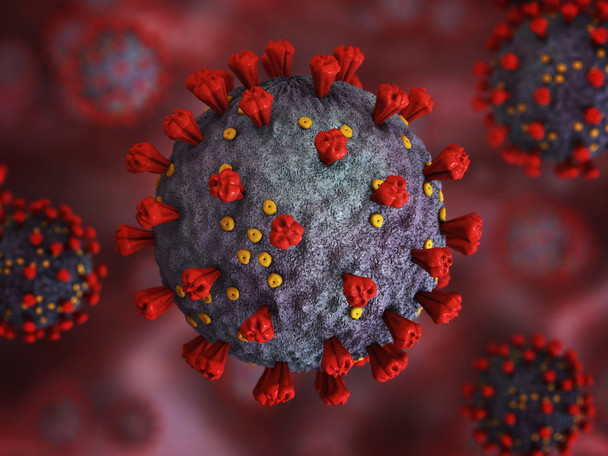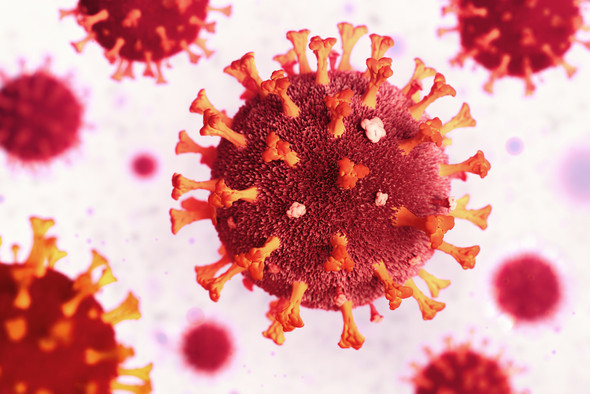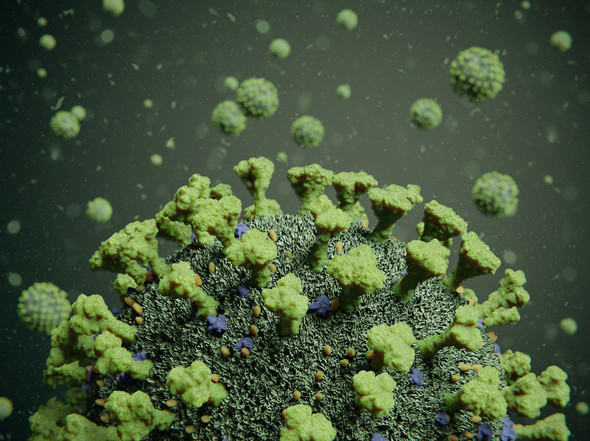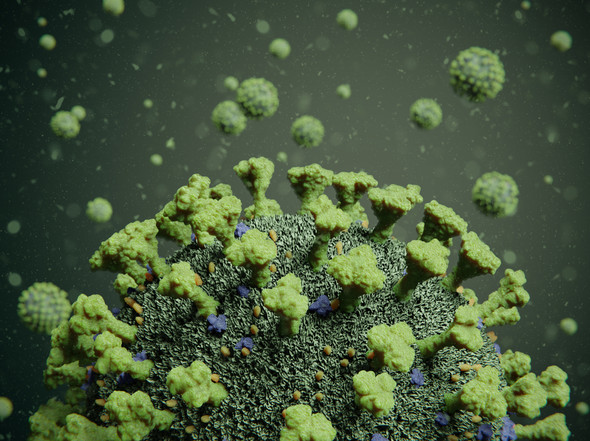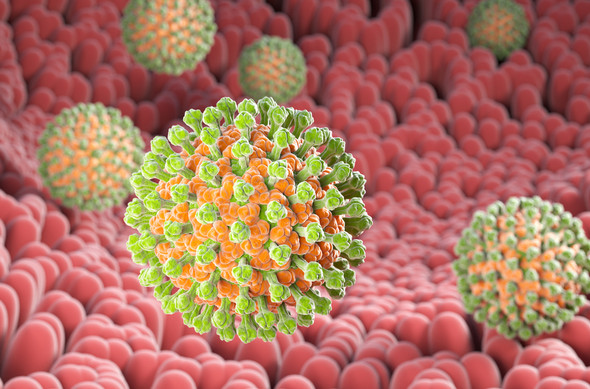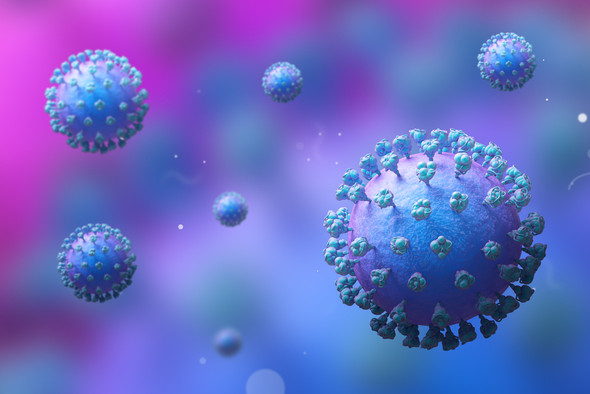Description
SARS CORONAVIRUS SPIKE GLYCOPROTEIN MOSAIC (C-TERM)
SARS Coronavirus Spike Glycoprotein Mosaic (C-term) is a recombinant protein manufactured in E. coli. Contains the C-terminal section of the Spike protein immunodominant regions (aa 900-1100), within subunit 2 (S2). Immunoreactive with sera from SARS-infected individuals.
PRODUCT DETAILS – SARS CORONAVIRUS SPIKE GLYCOPROTEIN MOSAIC (C-TERM)
- SARS Coronavirus Spike Glycoprotein Mosaic (C-term).
- Recombinant protein manufactured in E. coli.
- Contains the C-terminal section of the Spike protein immunodominant regions.
- Purity >90% as determined by SDS-PAGE.
- Suitable for use in ELISA and other immunoassays.
BACKGROUND
Coronaviruses are a diverse group of single-stranded plus-sense RNA viruses belonging to the Coronaviridae family and Nidovirales order (de Groot et al., 2012). They infect a wide range of mammalian and avian species, including bats, and can jump into new species and be transmitted zoonotically as shown by severe acute respiratory syndrome coronavirus (SARS-CoV) and Middle East respiratory syndrome coronavirus (MERS-CoV) (Graham et al., 2013, Woo et al., 2009). Coronaviruses contain an envelope, for membrane fusion with host cell membranes and this is a critical step in the replication cycle allowing for delivery of genomic RNA into the cytoplasm, for replication. This pathway is therefore an attractive target for therapeutic interventions (White et al., 2008).
The coronavirus spike (S) glycoprotein is a class I viral fusion protein on the outer envelope of the virion that plays a critical role in viral infection by recognizing host cell receptors and mediating fusion of the viral and cellular membranes (Li, 2016). The coronavirus S glycoprotein is synthesized as a precursor protein consisting of ~1,300 amino acids that is then cleaved into an amino (N)-terminal S1 subunit (~700 amino acids) and a carboxyl (C)-terminal S2 subunit (~600 amino acids). Three S1/S2 heterodimers assemble to form a trimer spike protruding from the viral envelope. The S1 subunit contains a receptor-binding domain (RBD), while the S2 subunit contains a hydrophobic fusion peptide and two heptad repeat regions. Triggered by receptor binding, proteolytic processing and/or acidic pH in the cellular compartments, the class I viral fusion protein undergoes a transition from a metastable prefusion state to a stable postfusion state during infection, in which the receptor-binding subunit is cleaved, and the fusion subunit undergoes large-scale conformational rearrangements to expose the hydrophobic fusion peptide, induce the formation of a six-helix bundle, and bring the viral and cellular membranes close for fusion (Belouzard et al., 2012). The trimeric SARS coronavirus (SARS-CoV) S glycoprotein consisting of three S1-S2 heterodimers binds the cellular receptor angiotensin-converting enzyme 2 (ACE2) and mediates fusion of the viral and cellular membranes through a pre- to postfusion conformation transition (Song et al., 2018).
REFERENCES
- Belouzard et al. (2012). Mechanisms of coronavirus cell entry mediated by the viral spike protein. Viruses. 2012 Jun; 4(6):1011-33.
- de Groot et al. (2012). Order – Nidovirales. A.M.Q. King, M.J. Adams, E.B. Carstens, E.J. Lefkowitz (Eds.), Virus Taxonomy, Elsevier, San Diego (2012), pp. 784-794.
- Graham, et al. (2013). A decade after SARS: strategies for controlling emerging coronaviruses. Nat. Rev. Microbiol., 11 pp. 836-848
- Li F. (2016). Structure, Function, and Evolution of Coronavirus Spike Proteins. Annu Rev Virol. 3(1):237-261.
- Song et al. (2018). Cryo-EM structure of the SARS coronavirus spike glycoprotein in complex with its host cell receptor ACE2. PLoS Pathog. 2018 Aug; 14(8).
- Woo et al. (2009). Coronavirus diversity, phylogeny and interspecies jumping. Exp. Biol. Med., 234 pp. 1117-1127.

